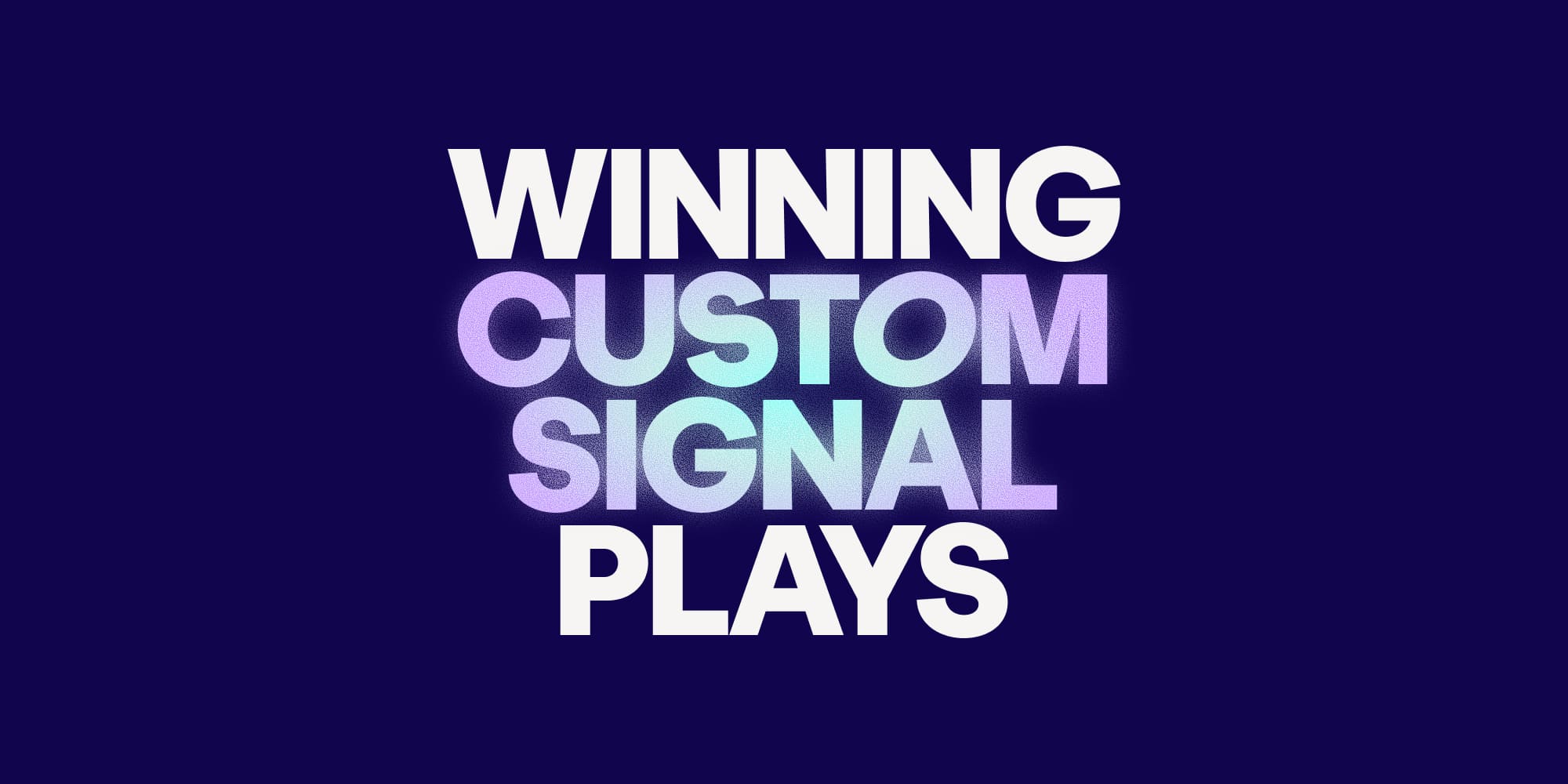A simple customer growth model from Amplemarket
•
September 26, 2018

Understanding customer growth: key concepts and principles
There are lots of ways companies can get new customers. In this blog post, we are going to build a simple model for customer growth and analyze the properties of the different growth channels. We are going to focus on companies with a subscription business model - a customer pays the company on a recurring basis. For simplicity, we are also going to consider that there’s only one pricing plan and all the customers pay the same so that the number of customers is directly proportional to revenue.
Building a simple customer growth model
What we are going to do next is identify the contributions of the several channels to the variation of the number of customers \(C(t)\), which is the same as calculating the total derivative \(\frac{dC(t)}{dt}\). Knowing the derivative, \(C(t)\) can be calculated in the following way:
\(C(t) = \int_{t_0}^{t} \frac{dC(t)}{dt} + C(t_0)\)
There are several channels that can be used to acquire new customers such as press, outbound sales, inbound sales, ads, referrals, partnerships etc. We should start by defining 2 types of growth channels:
- Predictable Growth Channels
- Unpredictable Growth Channels
In a Predictable Growth Channel, it's easier to influence the return you get from it by putting more work/money/time, whereas with an Unpredictable Growth Channel that’s more difficult to achieve. An example of a Predictable Growth Channel is outbound sales or ads. In these 2 situations if you spend more money on ads or hire more sales reps you know that you are likely to get more customers. It’s basically possible to say that you want to grow your customer base that comes from outbound sales by 20% month over month for instance. On the other hand, an example of a somehow more unpredictable growth channel is being featured on a big news website. It’s harder to say that you want to grow customers that come from being featured on Forbes by 20% month over month.
Exploring customer growth channels
Let’s call the functions responsible for these 2 growth channels:
1. \( g_p(C,t) \) - models the Predictable Growth Channels
2. \( g_u(C,t) \) - models the Unpredictable Growth Channels
\( g_p(C,t) \) is a function that you can define based on your investment (time/work/money) in a predictable growth channel. For \( g_u(C,t) \) you might have some influence on the shape of this function but it’s way harder to control. For instance, going back to the previous example, if you are featured in a big news outlet in a certain month \( g_u(C,t) \) will have a big spike that goes back to zero on the following month. To keep the model simple we are going to assume that \( g_u(C,t) \) is constant: \( g_u(C,t)=k_u \).
Another important growth channel is referrals. In this case, you are not directly selling the product but your customers are. In order to model this channel, we should assume that a percentage of customers will randomly refer the product and bring additional customers. As a result, it makes sense that the function for this channel should be proportional to the number of customers: \( g_r(C,t)=k_rC \) where the proportionality constant \( k_r\) is related to the percentage of customers that will recommend the product. In a way, \(k_r\) is one of the best indicators that you are making something people really want, since they care enough to talk about the product to others in the industry.
So far all the functions mentioned \( g_p(C,t),g_u(C,t),g_r(C,t) \) are \(\geq 0 \); they bring more customers or in the worst case the number of customers stays the same. However, to have a realistic model we have to consider a very important channel of negative growth: customer churn. In our model, since there’s only one pricing plan there’s no way for customers to downgrade their plan and pay less and so there are only 2 states: customer or non-customer. In the case of churn, we are going to assume that there’s a random chance that on a given interval \(\Delta t\) a customer churns. As a consequence, the churn function is simply proportional to the number of customers: \( g_c(C,t)= k_cC \).
Joining all the channels together we end up with the following differential equation:
\(\frac{dC}{dt} = g_p(C,t) + g_u(C,t) + g_r(C,t) - g_c(C,t) = g_p(C,t) + k_u + (k_r-k_c)C\)
It's not easy to find a general solution to this differential equation, in particular since we still don't know how \(g_p(C,t)\) looks like. However, we can solve it for some particular situations.
If, for instance, the ads and outbound sales channels don't exist \( g_p(C,t)=0 \) and so
\(\frac{dC}{dt} = k_u + (k_r-k_c)C \)
The solution to this differential equation is
\(C(t) = \left[C(t_0) + \frac{k_u}{k_r-k_c}\right]e^{(k_r-k_c)t} - \frac{k_u}{k_r-k_c}\)

We see that \(C(t)\) grows exponentially as long as \(k_r>k_c\) (the lost due to churn is lower than the growth coming from referrals).
If we start doing outbound sales and want it to contribute to exponential growth, \( g_p(C,t)\) has to be proportional to the number of customers: \( g_p(C,t)= k_pC \).
In this case, the solution becomes
\(C(t) = \left[C(t_0) + \frac{k_u}{k_p+k_r-k_c}\right]e^{(k_p+k_r-k_c)t} - \frac{k_u}{k_p+k_r-k_c}\)
It's interesting to note that in order for outbound sales to contribute to exponential growth the sales efforts (emails sent out, calls made etc) have to increase proportionally to the number of customers. Of course maintaining exponential growth just with outbound sales is very difficult and that's why referrals are so important.
Accelerating your business growth with a growth model
In this simple model, it can be seen how the several growth channels affect the customers/revenue curves. Things like outbound sales, ads or other Predictable Sales Channels can lead to very good growth rates but without a good referral dynamic and low churn are very hard to sustain. In conclusion, if you want to grow exponentially:
- Optimize and scale on your outbound sales process
- Build a successful Customer Success Process to reduce churn
- Set up a referral program to incentivize your customers to referrer friends
Amplemarket is your AI-powered sales assistant. Amplemarket takes care of everything from prospecting to outreach, follow-ups, and scheduling of meetings. You tell us who you want to reach out to and wait for meetings to magically appear in your calendar.
Subscribe to Amplemarket Blog
Sales tips, email resources, marketing content, and more.


.jpg)







